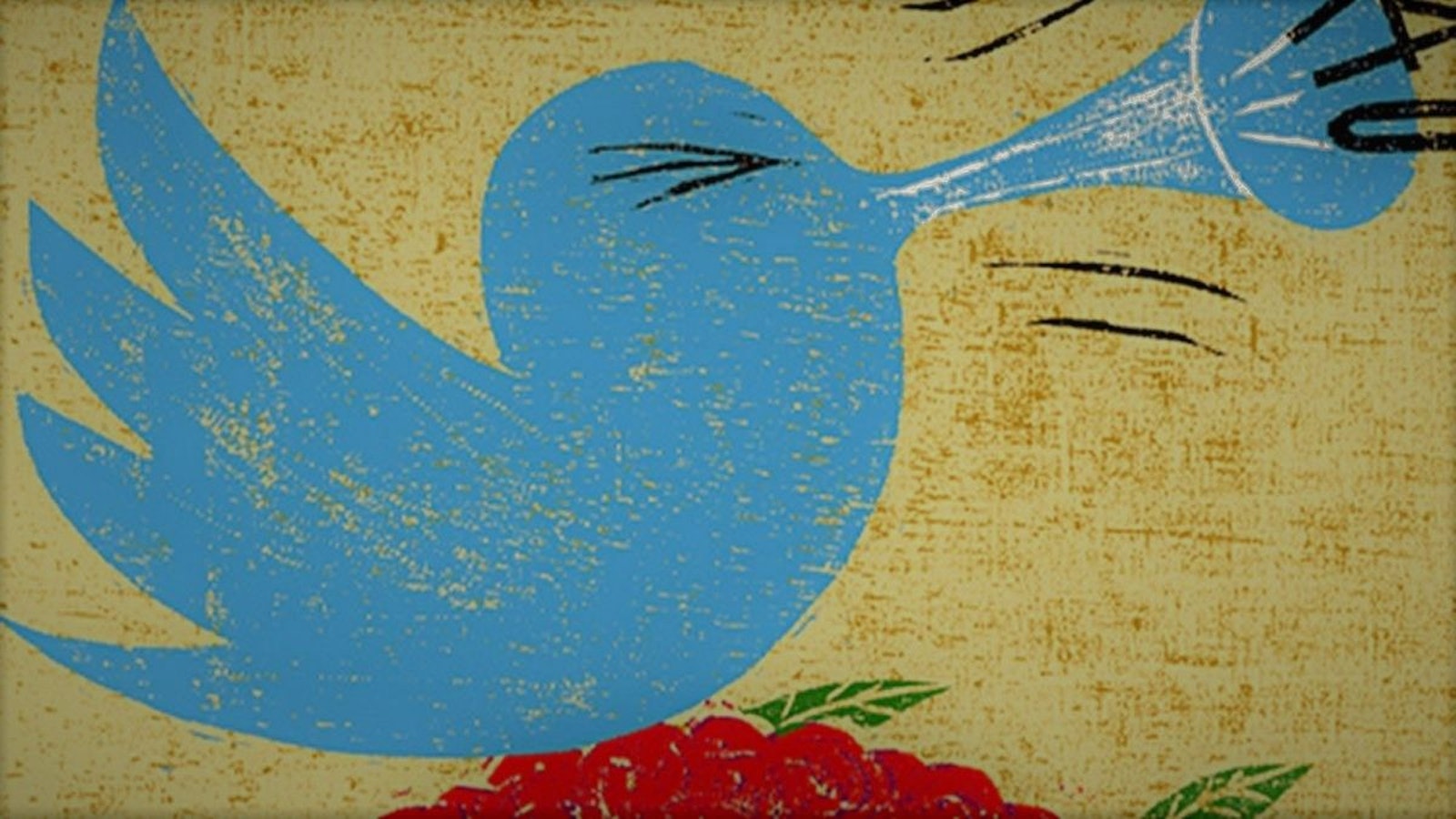Twitter is a place where great minds meet utter nonsense. One tweet will offer genuine wisdom, only to be buried by another which misspells chaotic speculations about the next episode of Game of Thrones.
It can also be a place of merciless hostility. Jon Ronson's recent book So You've Been Publicly Shamed has chartered some of the brutal stories of people whose lives have been destroyed by a misjudged tweet. An ill-conceived joke, a particularly opinionated rant, a typo - a ruined life.
It's a dangerous world out there in the twittersphere. Companies are rightly cautious about how to approach it as a marketing tool. But fear not: there are opportunities too, and they're of epic proportions.
So, how can you master it?
As with all marketing, your starting point is to really understand who your customers are. And that's not just the obvious things - their age, their job, their wage bracket. It's something more personal, and intimate: what do they like?
There are a few ways of identifying this. The simplest and most revealing would be to take a look at the Twitter activity of a sample from your customer base. Who are they following? What types of content are they retweeting? What do you think they'll actually want in their feed?
Illustration by Edwards McGowan
If you're building your presence from scratch, you're going to have to earn the interest of potential customers in order to build up a following. This means that, for a brief period at least, you need to veer away from hard sells.
An elegant solution is to create blog content - a topic we'll come to further down the line in this series. What this achieves is to raise awareness of your service or product, while tweeting things that people are genuinely interested in. If you haven't got a blog set up yet, then share content from another website if it's relevant.
Just remember, at this early point in your relationship with your community, you need to give before you can take.
1. Your voice
Once you've got some good content to share, you need to start thinking about the identity you want to create for your brand. Twitter will be the frontlines of this message. What you say on there is your brand, in the eyes of your followers.
2. Granularity
As you roll out your online presence across multiple channels, you'll be using different media to reach different audiences. The need for one, single, unified voice is therefore not only much more challenging in the digital age, but also completely unnecessary.
You've got the opportunity to create different, complementary, co-existing voices across different platforms. This granular approach to voice is the key to the modern digital landscape. We've already detailed how your tone should adjust for a specifically professional platform such as LinkedIn, and Twitter is no different. Your voice can and should be different on Twitter, because its a different platform, where users log in to use it for different purposes.
3. Photos
Photos are also going to massively increase your engagement. This is a principle that pretty much holds true always and for every platform. For venues, this should come easily - just make sure your images are high quality, and high resolution.
4. Speed
Tweets have an average life span of 18 minutes.
This means that speed is the name of the game. You want to be quick, energetic, reactive, chatty - get your point across quickly.
Twitter is also therefore the most important platform to keep an eye on in real-time. Has something happened that people are tweeting about that is relevant to your business? You need to be there! Get involved in conversations, be a part of the dialogue, listen and respond to things as they happen.
5. Individuality
This doesn't mean individuality in the conventional sense: it means conveying that there is a single individual behind the account - a personal touch, and a touch of personality. Flaunt your tastes, share your interests, and come across as a personable human rather than a faceless corporation. People don't like companies: they like the people behind them.
Illustration by Daniel Pudles PR
6. Scheduling
Although you'll need to be watching and tweeting in real-time, you're inevitably going to have to schedule a lot of your content. There are ways of doing this that requires a pay, you simply need to get into ads.twitter.com, click 'Creative' at the top, and then select 'Tweets'. Here you'll be able to schedule content for free.
Try to ask questions, contain the word 'you', and speak in a way that your customers are going to respond to. Often the case is 'less is more': if you're sharing a blog, just write its title - don't try to be to cute or clever. People want to know what they're clicking on.
This covers the basics. We'll be going into paid promotions soon, which you can see in the agenda. For now, see you next time.
The full series
You can see the full breakdown of the Venue Marketing Series here - Venue Marketing Series: Agenda, and view previous posts below:
